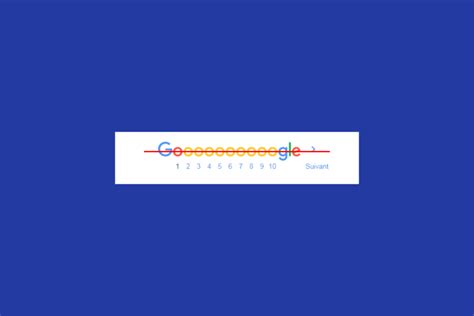In a notable shift, Google has decided to end its *continuous scroll* feature for search results on both desktop and mobile platforms. This decision marks a pivot from the streamlined user experience Google has championed over the past few years. Continuous scroll was introduced to eliminate the need for users to click through multiple pages of search results, allowing for a seemingly endless view of information. However, its sudden removal has sparked diverse reactions and brought to light a multitude of user experiences and technical considerations.
When continuous scroll was first introduced, it aimed to improve the efficiency of navigating search results. As user ‘nomilk’ pointed out, there were immediate challenges, such as the difficulty in using the Browser Ctrl+F function, especially for those accustomed to setting their search results to display 100 entries per page. This hindrance in finding specific information quickly showcased one of the practical issues that arose from the otherwise beneficial infinite scrolling. Continuous scroll, while innovative, was not without its drawbacks.
On the surface, continuous scroll appears similar to infinite scroll, yet there’s a distinction that underscores its relatively short-lived implementation. According to ‘f_allwein’, Google’s continuous scroll feature began on desktop in December 2022, following its mobile debut in October 2021. The feature’s duration of about eighteen months suggests a trial period during which Google presumably gauged its impact on user engagement and satisfaction. Despite the logical aim of ease for users, Google’s decision to revert raises questions about the efficiency of the initial endeavor.
Some users, like ‘ot’, speculate that the driving factor behind this change might not be user-centric. Google’s justification that this shift is to speed up the serving of search results can be puzzling given that the technical backend work involves retrieving and ranking a substantial number of results regardless of the scrolling method. Caching the results for subsequent queries, a common backend technique as explained by ‘haizhung’, could have been resource-intensive but offers no guarantee that page 2 or further queries were genuinely impacting user engagement.
Diverse user experiences with infinite scroll functionality point toward a complex interaction with the feature. For example, ‘londons_explore’ criticizes the adoption of continuous scroll by highlighting the expense and inefficiency of such features, especially for the high-value ‘ad-driven’ prime real estate on the first page. This critical view aligns with cynicism around motives, like ‘ertian’s suggestion, that endless scrolls potentially increased page-1 traffic for sponsored links, subtly driving more advertising revenue rather than pure user satisfaction.
The usability of continuous scroll in practical applications such as YouTube comes under scrutiny as well. User ‘mrkramer’ highlights this by sharing that top results sometimes don’t align with user intent, necessitating endless scrolling or refined searches. This example starkly contrasts Google’s ambition to provide more seamless experiences, suggesting that the overarching issue of search result relevancy remains unsolved by the mere user interface adaptation of continuous scrolling.
Users like ‘chiefalchemist’ remind us that search engine results pages (SERPs) often vary by individual user preferences and contextual parameters, possibly complicating the caching mechanisms that would support continuous scrolling. This leads to varied search experiences where private browsing yields differing results, thereby challenging the consistency of user experiences across different modes and platforms.
Thus, while infinite scroll might seem to support user engagement in social media contexts, the same doesn’t universally apply to search engines. Google’s experimentation with its search page design seems to reflect a learning curve about user interaction and behavior patterns. As ‘ralusek’ and ‘chrash’ debate, the utility of scrolling, filtering, or pagination forms a core part of user experience design where purpose and context deeply inform feature implementation. Google’s move away from continuous scroll speaks to the ongoing balancing act between efficiency, user control, and the economic implications of search technologies.
In conclusion, Google’s sudden pivot from continuous scroll encompasses both user experience lessons and practical backend challenges. While multiple users found continuous scroll frustrating due to its inefficiencies and interrupted workflows, its potential merits, such as streamlined searching for casual users, shouldn’t be dismissed. The decision reflects a broader narrative about search engine design, efficiency versus engagement, and evolving user needs. As the need for fast, relevant, and user-friendly search continues to grow, Google’s iterative approach underscores that even tech giants must continuously adapt and refine their strategies to keep pace with user expectations and technological advancements.


Leave a Reply